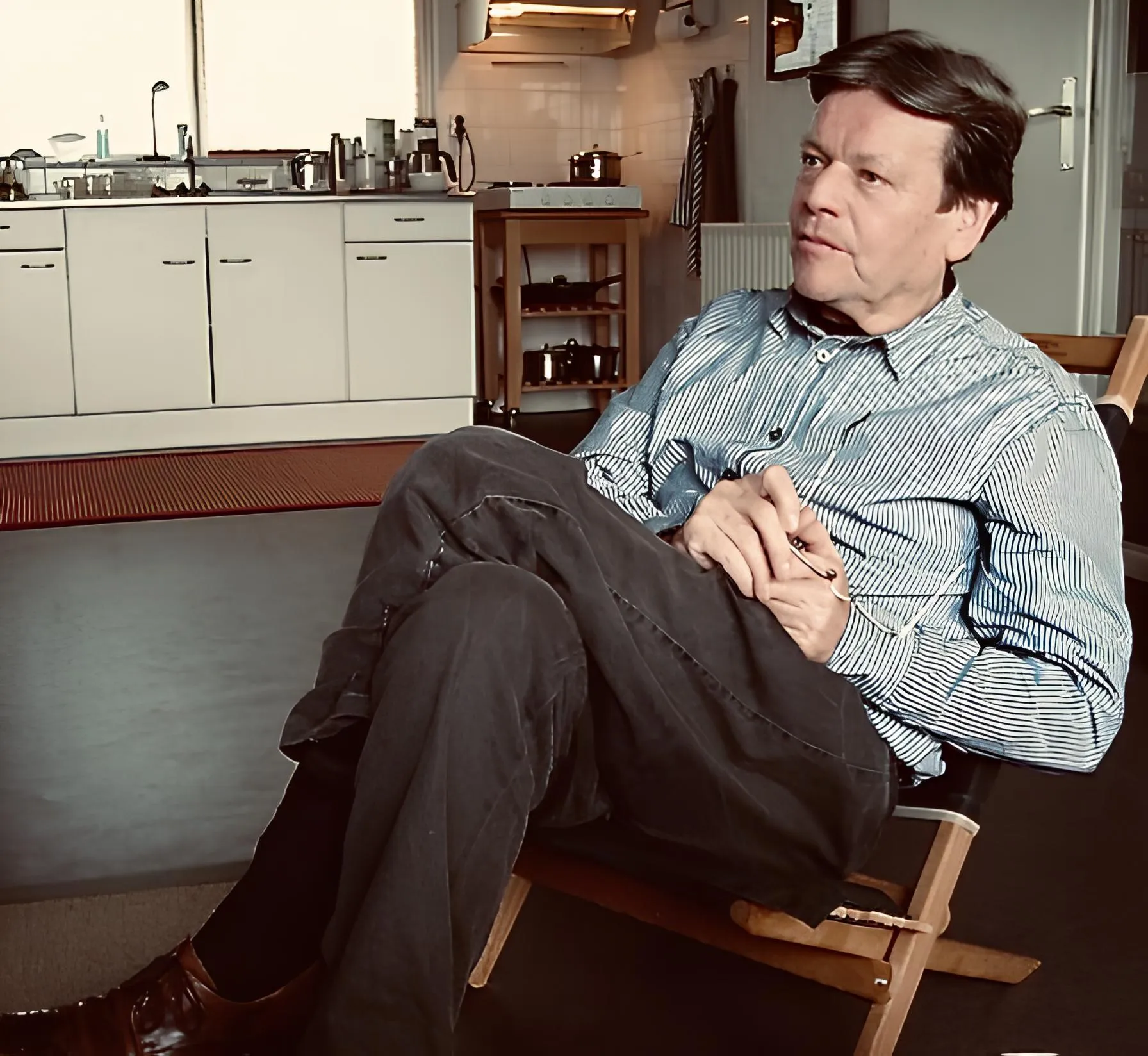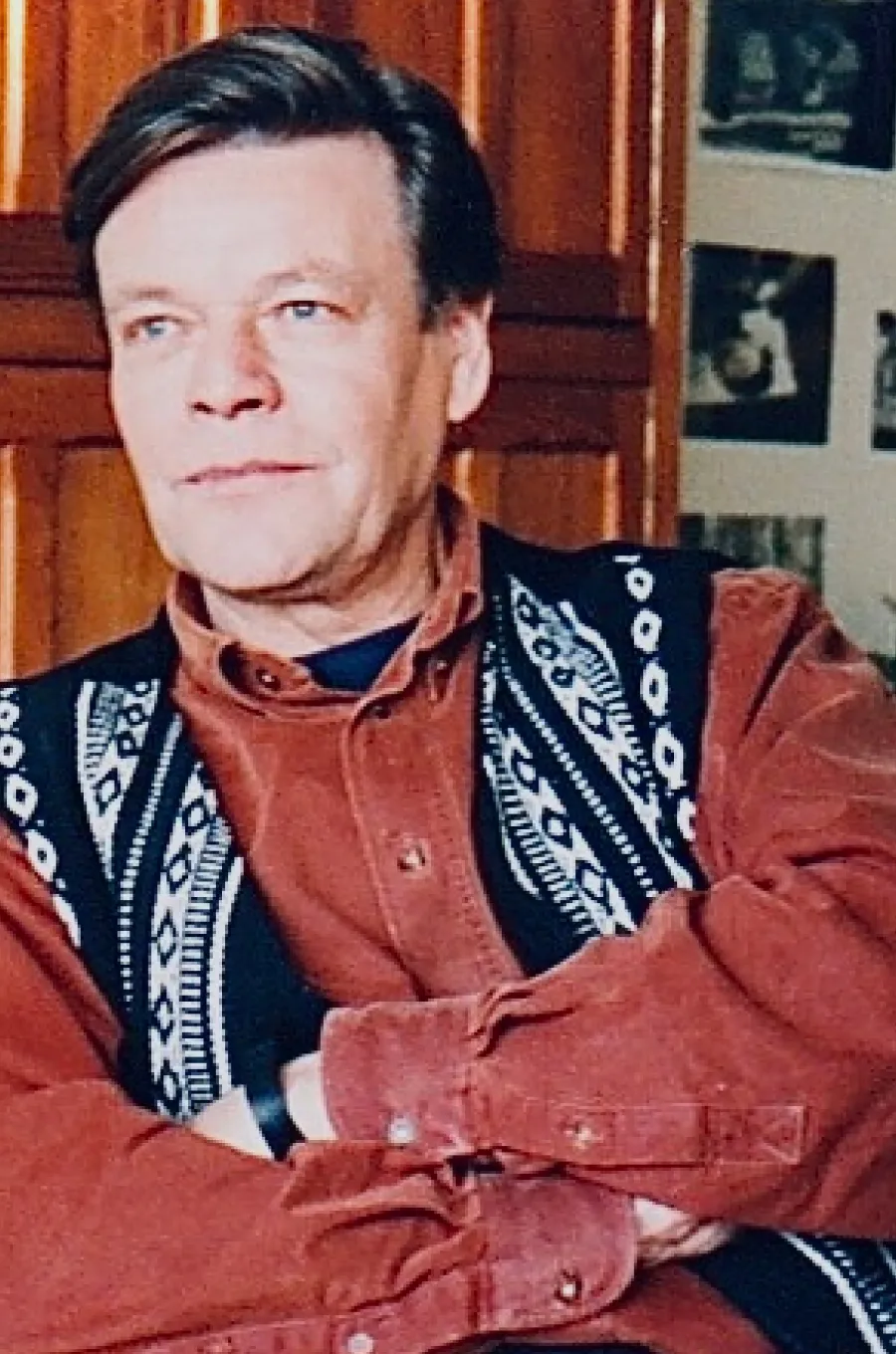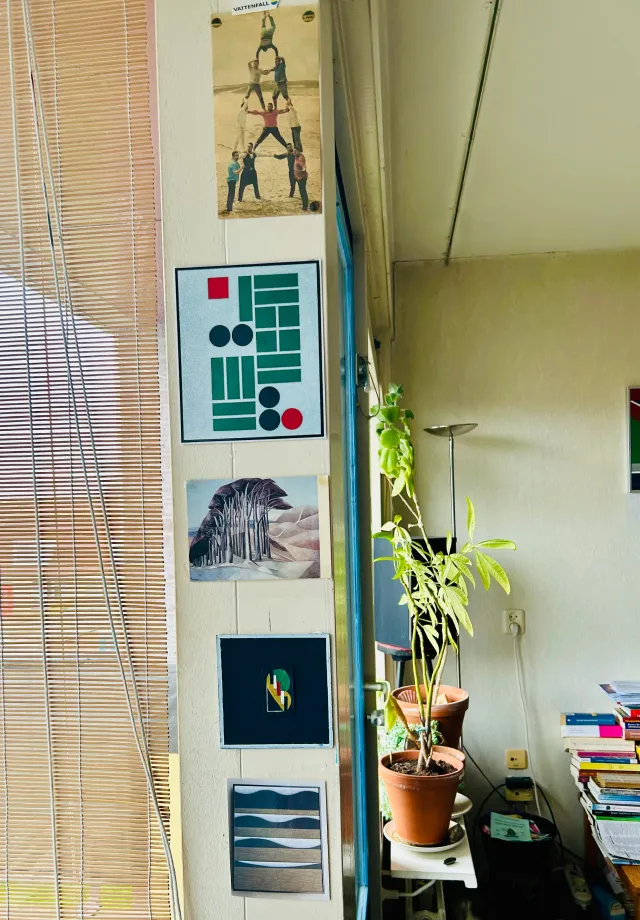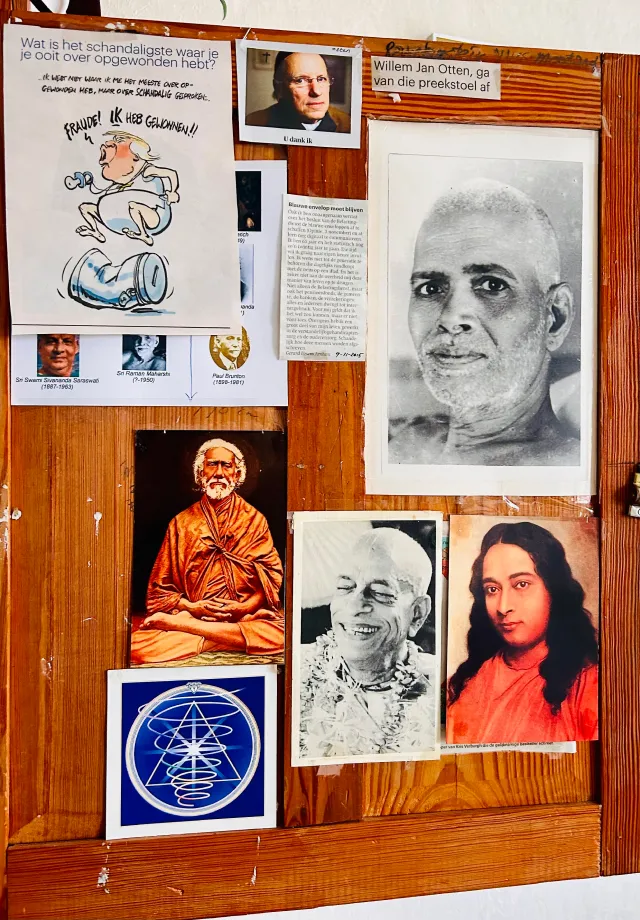
Niko
Koomen



Explore the enchanting world of painter Niko Koomen, where the beauty of nature merges with the mathematical elegance of the Fibonacci sequence and the principles of Pythagoras. Immerse yourself in a harmonious blend of art and mathematics as Koomen's creations embody natural life through the lens of sacred geometry.
Discover the captivating synergy between art and science on the canvas of Niko Koomen.
Niko successfully completed the art academy in Arnhem and then worked for a long time as a graphic designer. He dedicated his whole life to art. In his early days Niko worked with v.n.l. colored pencil and oil paint. Later he started using more chalk and gouaches and sometimes a combination thereof.
Niko drew his inspiration from the power and beauty of nature. During his long bike rides, he gained inspiration and transformed these impressions and images into abstract works of art. Niko also drew inspiration from science. The sequence of Fibonacci, The Golden Mean and The Pythagorean Theorem appear in his work in various ways.



"I turn a thesis and an anti-thesis into a synthesis"
He loved the art of Mondrian, Malevich, Bart van der Leck and many others. He read countless books from novels to ethereal and spiritual writings. Niko had a profound love for classical music. While painting and drawing, Radio4 was always on and an incense stick was burning. Thus he created the ultimate climate to create his art.



Niko has had several exhibitions in the Netherlands. After his 65th birthday he hardly exhibited at all. He did like it when people showed interest or when they indicated that they appreciated his work and sometimes wanted to buy one.
"After all, many opposites evoke unity. A certain numerology and shape symbols also play a role in imaging. They accompany, in a constant dialogue, a fairly long-term process."
His daughter Vanessa Viva Koomen now manages the entire body of work. She wants to share these wonderful works of art with you and she would like to meet interested parties. The art of Niko Koomen is more than an image; each work tells its own story. Each work has a unique message and/or a deeply thoughtful insight.




"In my visual work, I am always looking for unity. I try to approach this unity by structurally using a number of opposites within colour, form and texture."